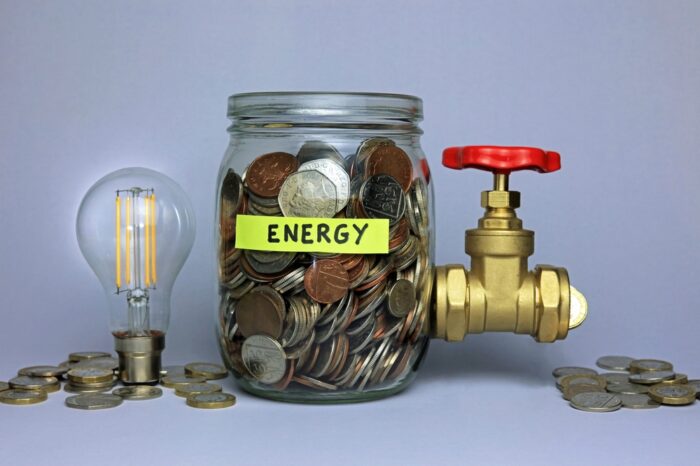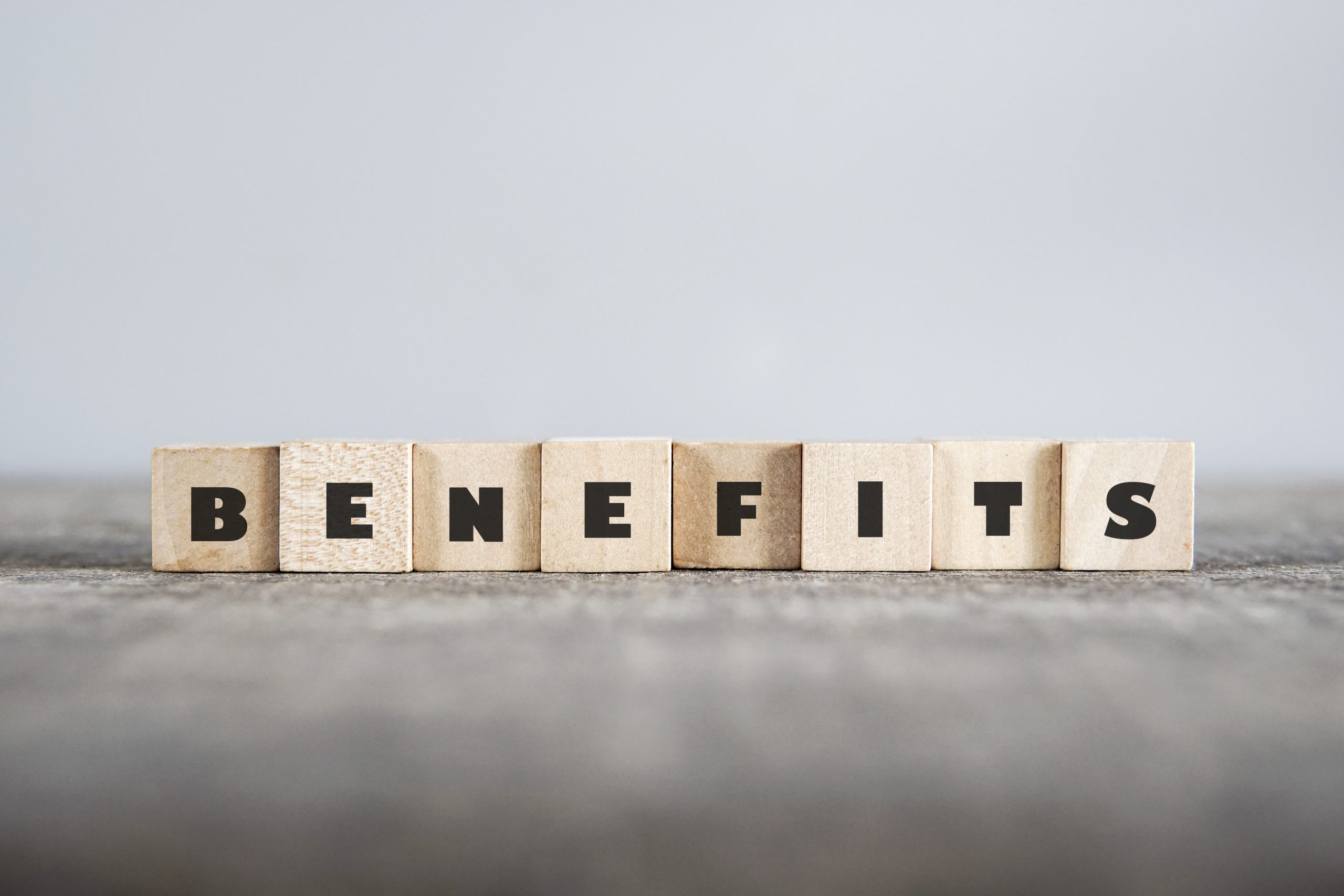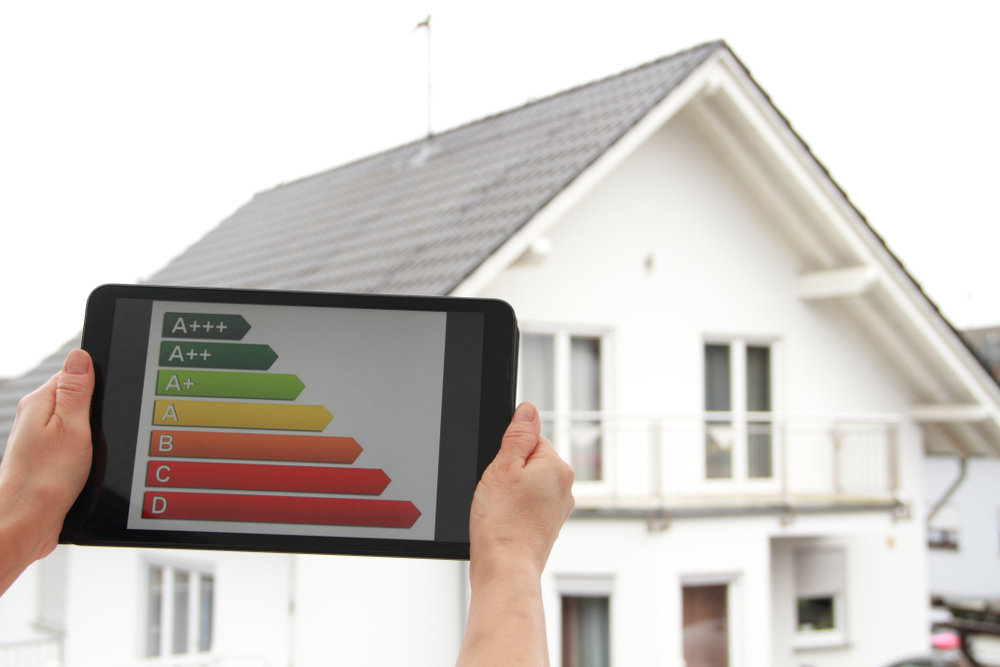Ofgem’s energy price cap will fall to £1,690 per year from April, down from its current level of £1,928.
The new energy price cap will take effect from 1 April to 30 June 2024 and will bring typical monthly bills down from about £160 to £140.
The energy price cap limits how much suppliers can charge per unit of energy and for standing charges. The annual figure is calculated on a household with typical use – the actual amount you pay will depend on how much energy your household uses, where you live and the type of meter you have.
From 1 April, if you are on a standard variable tariff (default tariff) and pay for your energy by direct debit, you will pay on average 24.5p per kilowatt hour (kWh) for electricity. The daily standing charge is 60.1p. For gas, you will pay an average of 6.04p per kWh, with a daily standard charge of 31.43p.
The price cap fall reflects lower wholesale prices, with natural gas costs over the peak winter season falling across Europe due to higher stockpiles.
The regulator confirmed alongside the cap figure that it was taking action to tackle a record £3.1bn in bill arrears, though prepayment meter customers will not be affected.
Ofgem also allowing ‘one-off extra payment’
A statement from Ofgem said: “We are also allowing a one-off extra payment of £28 per year (£2.33 per month) to make sure suppliers have sufficient funds to support customers who are struggling. This will be added to bills of people who pay for their energy by direct debit or standing credit. The temporary payment is partly offset by the end of an allowance worth £11 per year that covered debt costs related to the Covid pandemic.”
Danni Hewson, head of financial analysis at AJ Bell, said: “Twenty pounds per month isn’t a huge amount in the grand scheme of things but, in the words of a popular supermarket advert, every little helps.
“Households have been battered by surging energy costs over the past couple of years and, as Government support fully comes to an end, there will be many people still terrified when temperatures outside plummet. Whilst a typical bill will fall to the lowest level in two years, the price of keeping the lights on and rooms warm is still uncomfortably high.”
“A ban on acquisition tariffs has been extended, which is likely to limit competition, but also prevent companies getting into the kind of hot water that saw a slew of businesses go bust.”
Should you switch energy suppliers?
Gareth Kloet, spokesperson for GoCompare Energy, said: “This lower energy price cap is a really encouraging sign for UK billpayers. This is the lowest figure we have seen since Q1 of 2022, and while it might still be disappointing for some who were hoping for a bigger reduction, as we head out of the colder months, energy usage is likely to decrease, and alongside a lower price cap, we may see a welcome reduction to the high energy prices we’ve all been paying.
“This latest price drop might make it tempting to lock in a deal and protect yourself from future increases – but there are a few things to think about before you do. For example, it might be worth looking at your current energy usage and the rate you are currently on, whether that be a flexible or fixed rate tariff. Find out if you have to pay any early exit fees if you leave before your current deal is up. Comparison sites will help you weigh up your choices and see the options available to you at the moment.
“This is also an ideal time to take a meter reading. Submitting a meter reading on April 1st, or as close to that date as you can, will help ensure that you are only paying for the energy you have used, and at the right rate.”
Related: Energy price cap could fall below £1,500 a year in summer





